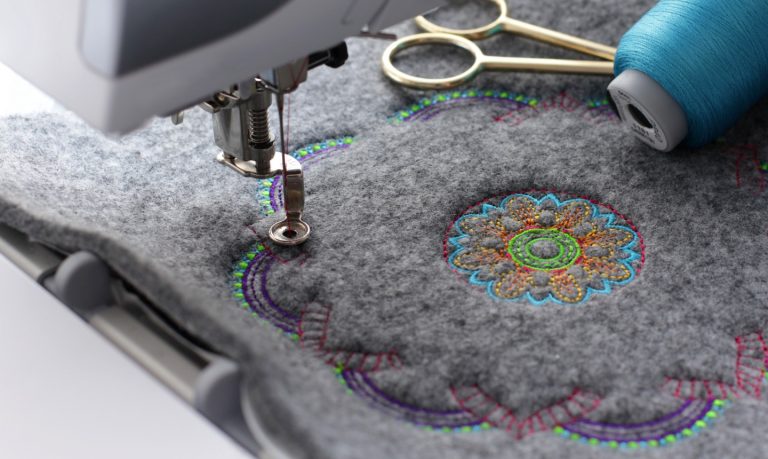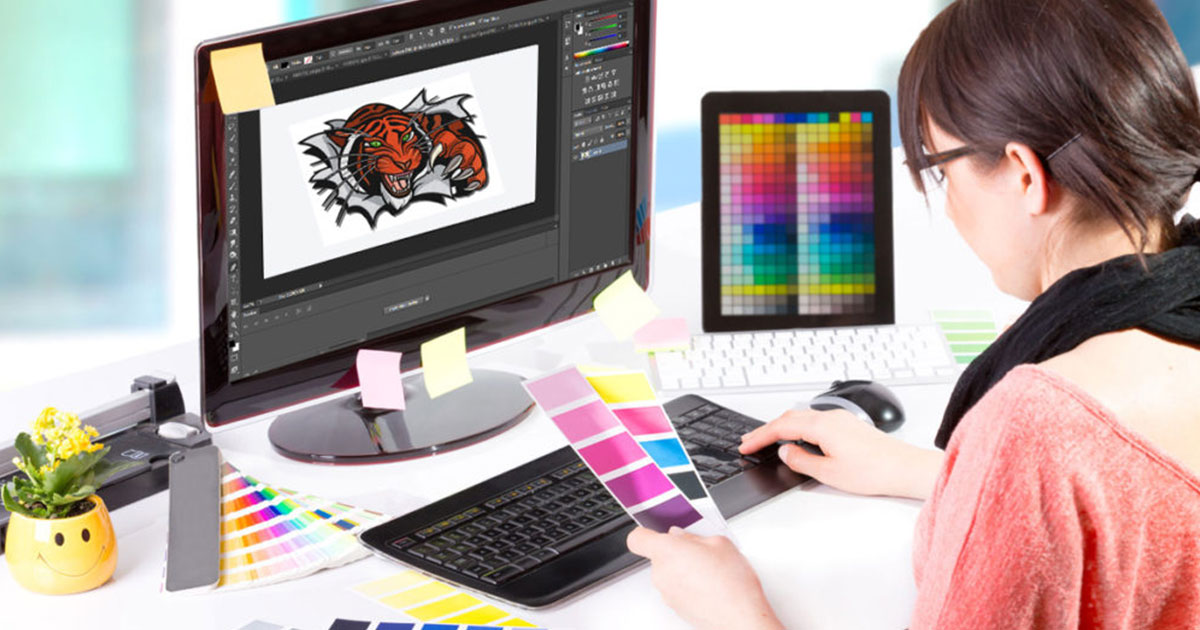Top Quality Digitizing for Embroidery: Specialist Craftsmanship
Top Quality Digitizing for Embroidery: Specialist Craftsmanship
Blog Article
Streamlining the Art of Needlework Digitizing: Step-by-Step Guide
As modern technology continues to development, the digitization procedure has actually ended up being more accessible, allowing fanatics to bring their detailed layouts to life with simplicity. In this overview, we will unravel the intricacies of needlework digitizing, damaging down each action systematically to enhance the process and empower both novices and skilled embroiderers alike.
Understanding Needlework Digitizing Software Application
Embroidery digitizing software program works as a crucial device for transforming intricate designs right into electronic layouts compatible with embroidery equipments, promoting accurate stitching and personalization. This specialized software program enables customers to import numerous picture file layouts, such as JPG or PNG, and convert them right into needlework machine-readable formats like DST, EXP, or PES - Digitizing for Embroidery. By making use of attributes like stitch modifying, rug alternatives, and thread color choice, digitizing software program enables users to manage every facet of the style procedure
Moreover, progressed needlework digitizing software supplies devices for creating intricate layouts, readjusting stitch density, and integrating detailed details. Users can likewise sneak peek the design before sewing it out, guaranteeing precision and decreasing errors. Furthermore, lots of software programs offer automated functions that help enhance the digitizing process, conserving effort and time.
Understanding the capabilities of embroidery digitizing software application is vital for achieving top quality lead to embroidery tasks. By grasping this tool, embroidery fanatics and experts can release their creative thinking and bring intricate styles to life with accuracy and effectiveness.

Picking the Right Style Data
After familiarizing on your own with the abilities of needlework digitizing software, the next essential action in the procedure is choosing the ideal layout declare your project. Digitizing for Embroidery. When picking a layout file for embroidery digitizing, it's necessary to think about the intricacy of the design, the dimension of the end product, and the kind of textile you will certainly be working with
For complex layouts with great information, a high-resolution image or vector file is recommended to ensure that the embroidery device can properly recreate the layout. Furthermore, the size of the final product plays a considerable role in selecting the best style file. Bigger styles might require higher resolution files to maintain quality and sharpness.
In addition, the sort of material you will certainly be stitching on influences the option of layout documents. Different materials might call for adjustments in the design data to guarantee that the stitches are correctly straightened and the style appears as meant. By meticulously picking the ideal style file based upon these variables, you can set on your own up for an effective embroidery digitizing procedure.
Digitizing Tools and Techniques
Utilizing specialized software and accuracy methods, digitizing devices are vital in transforming complex styles into embroidery-ready files. Needlework digitizing software, such as Wilcom, Hatch, or Embrilliance, gives the necessary platform to transform artwork right into stitch information. These programs provide features like stitch modifying, rug choices, and lettering devices to make certain the layout converts seamlessly onto material.
Among the crucial strategies in digitizing is developing a clear path for the embroidery equipment to adhere to. This involves digitizing each component of the design with precision, establishing stitch kinds, densities, and directions. By using tools like digitizing tablets or software-specific plugins, embroiderers can attain a high level of accuracy in their digitized designs.
Moreover, grasping the art of padding sewing is important for creating top quality embroidery. Underlay stitching supports the textile and produces a foundation for the style, making sure that the end product is both visually attractive and resilient. By understanding anonymous these digitizing devices and techniques, embroiderers can elevate their craft and bring intricate styles to life with accuracy and performance.
Customizing Stitch Kinds and Directions
Having established a structure in digitizing tools and methods, a crucial element ahead of time needlework workmanship hinges on customizing stitch kinds and instructions with precision and objective. The option of stitch types can considerably affect the general look and appearance of the stitched design. Satin stitches, recognized for their smooth and shiny coating, job well for producing boundaries and text. On the other hand, fill stitches are suitable for covering bigger areas successfully. By purposefully incorporating these stitch types, embroiderers can achieve deepness and measurement in their styles.
Furthermore, the instructions of stitches plays a vital role in boosting the visual appeal of the final embroidery. Numerous stitch instructions can add texture, highlight certain aspects, and develop visual passion. For example, changing the angle of stitches can replicate movement or natural patterns like fur or plumes. By trying out with different stitch angles and patterns, his comment is here embroiderers can bring their layouts to life with exceptional information and ins and out. Understanding the art of tailoring stitch types and instructions equips embroiderers to release their imagination and boost the top quality of their job.
Testing and Refining Your Digitized Style
To make certain the precision and high quality of your digitized design, thorough testing and refinement are necessary action in the embroidery digitizing process. When you have actually finished the digitization of your style, it is critical to examine it before continuing with the real needlework. Testing enables you to identify any type of prospective issues such as string breaks, sew thickness issues, or style distortions that may impact the last outcome.

After testing, it is very important to fine-tune your digitized style based upon the responses from the test sew-out. This may involve tweaking stitch setups, readjusting thickness, or making adjustments to the general style to accomplish the preferred end result. By repeating via screening and improvement, you can adjust your digitized style to perfection prior to moving on with the actual embroidery procedure.
Final Thought
Finally, understanding the art of needlework digitizing requires an extensive special info understanding of the software, choosing the appropriate style data, using digitizing tools and techniques, personalizing stitch kinds and directions, and testing and fine-tuning the digitized layout. By complying with these steps, embroiderers can streamline the digitizing procedure and produce top quality stitched designs with precision and efficiency.
Report this page